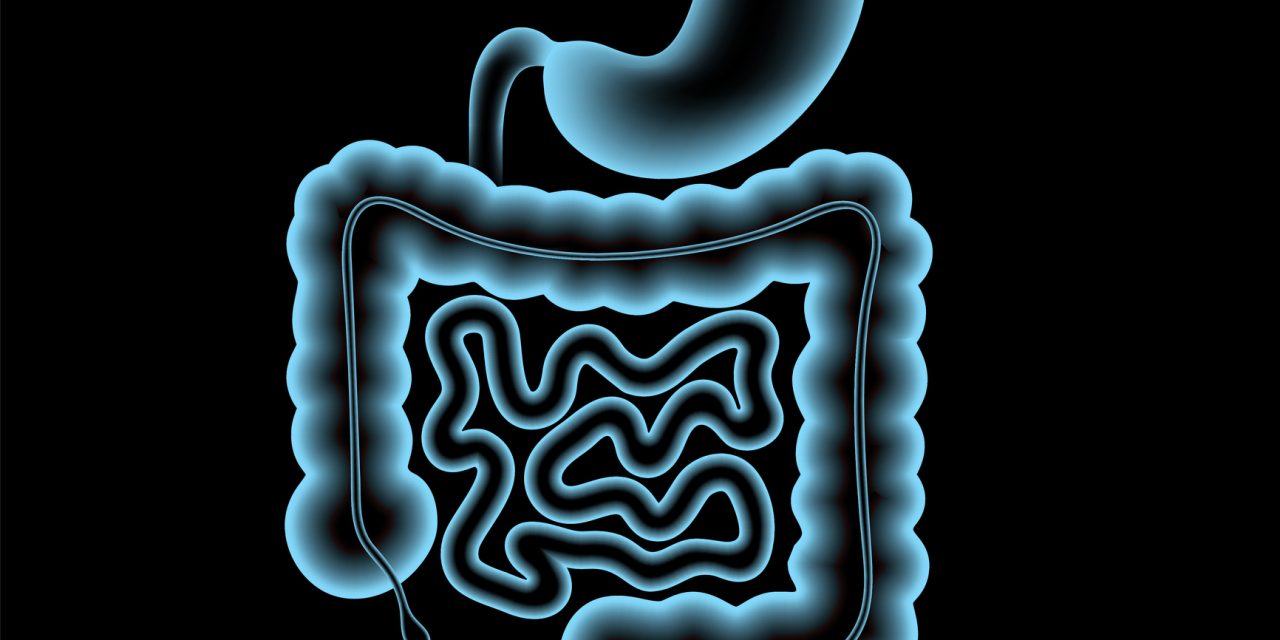In the recent years, topical hemostatic powders have been used for the management of upper gastrointestinal bleeding. The aim of this study was to report on the use of an hemostatic powder (Hemospray®), outside regular hours, by on-call endoscopists during urgent endoscopic procedures.
In this retrospective multicenter cohort study, consecutive patients having undergone an urgent endoscopy with the use of Hemospray® from November 2015 to December 2018 in the Paris and suburbs area were included. We collected clinical, biological and endoscopic variables. The outcomes such as the recurrence, repeat endoscopy and hemostatic treatment need, complications and survival were also collected.
A total of 152 patients (mean 65 years old, 70.4% male) were included. Amongst the 31 endoscopists, 11 were “more experienced”, and performed 48% of the endoscopies. The most common causes of bleeding were peptic ulcer (47.7%), malignancy (22.2%) and esophagitis (12.4%). Most bleedings originated from the upper GI tract (95.0%). Hemospray® was used as a salvage therapy in 60.8% of cases. Other hemostatic techniques were used in 52.9% of cases. Immediate bleeding cessation was noted in 79.0% of cases, recurrence in 39.9% of cases, and 26.4% of patients benefited from a repeat endoscopic hemostasis. 34 (23.0%) patients required a non-endoscopic treatment. At day 30, the survival rate was 71.6%. One complication was reported (perforation).
Hemostatic powder application by on-call endoscopists outside regular hours is technically feasible, but comes with a high risk of rebleeding in severely ill patients.
Copyright © 2020 Elsevier Masson SAS. All rights reserved.
Experience with the use of a hemostatic powder in 152 patients undergoing urgent endoscopy for gastrointestinal bleeding.


